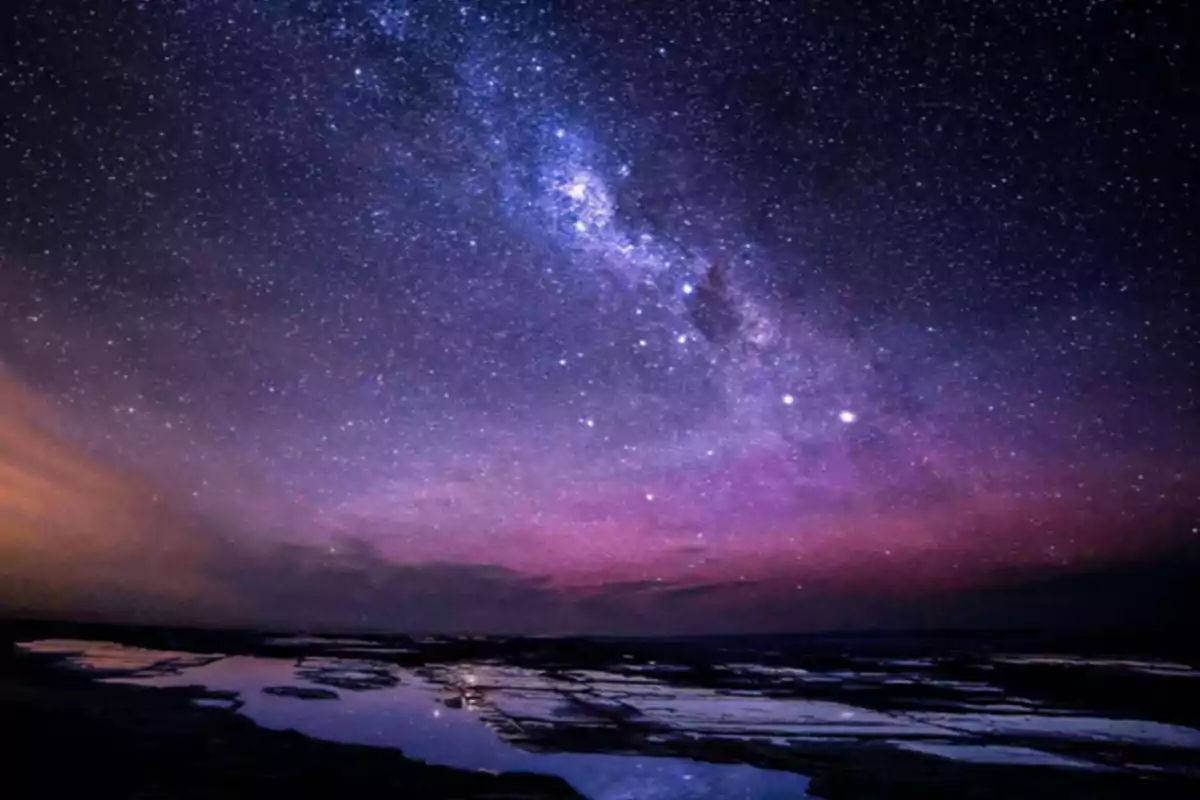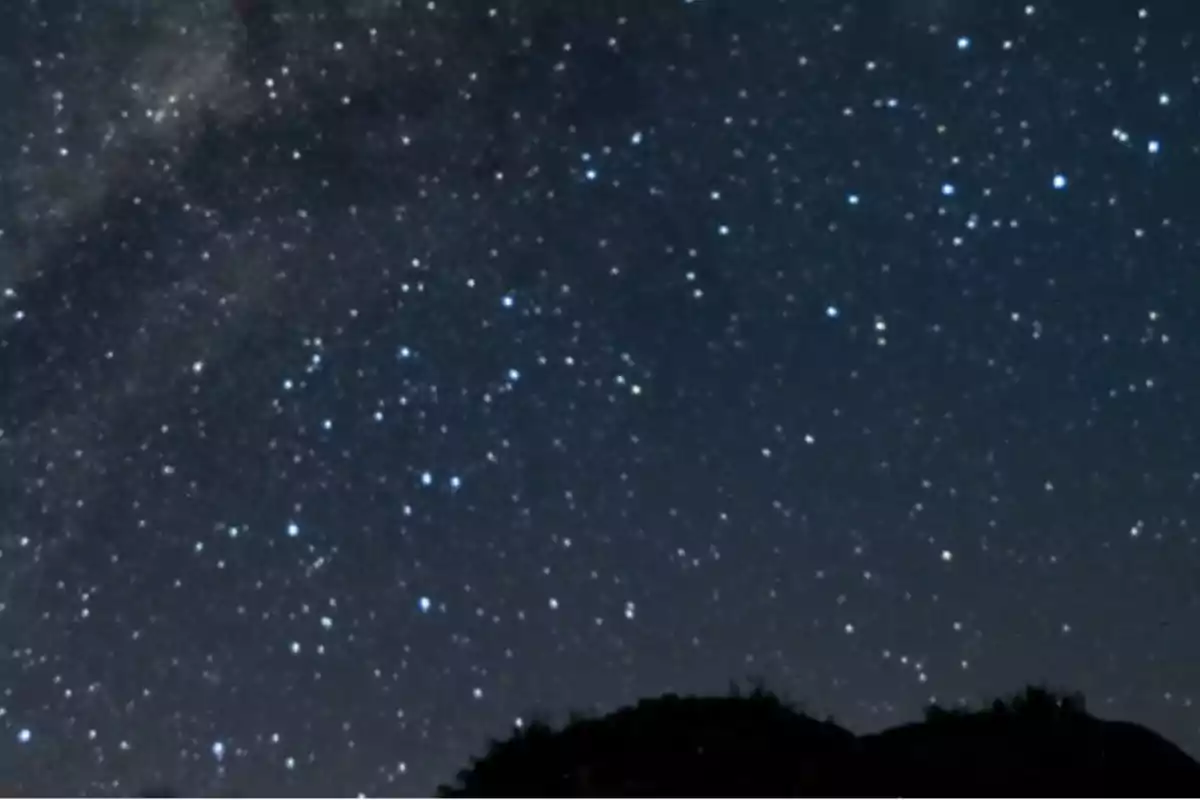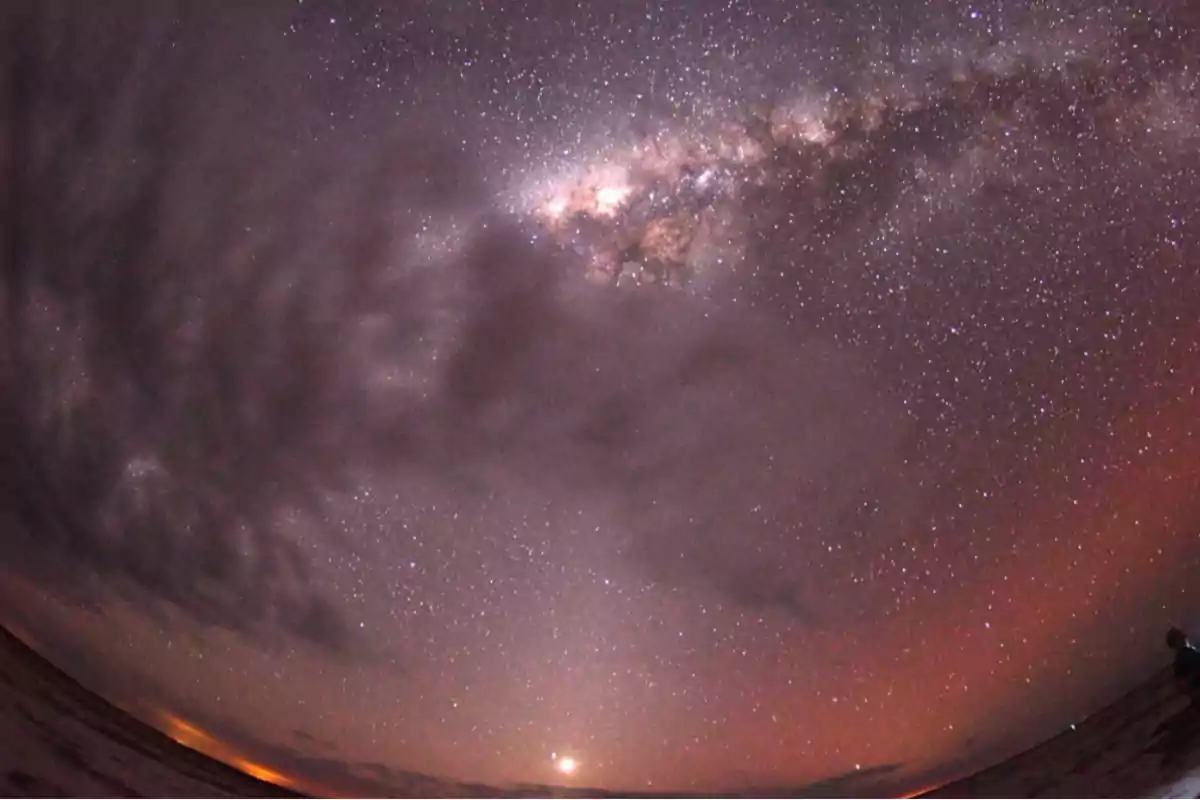
Winter in Córdoba offers a privileged view of the center of the Milky Way
During the cold months, astronomical conditions favor observing the galaxy from the Southern Hemisphere
In Córdoba, clear skies and low winter temperatures provide an optimal environment for clearly observing the Milky Way. During this period, the top-tier center is more visible from different points in the province.
According to astronomer Román Rodrigo Vena, "what we can see in the sky mainly depends on our position on Earth and on the tilt of Earth's axis and how the Milky Way is oriented in the sky throughout the year."

Visibility of the top-tier center between June and August
During the southern winter, the constellations Sagittarius and Scorpius, which contain the core of the Milky Way, reach their highest point in the night sky. This increases their visibility to the naked eye.
"The central part of our galaxy, the bulge, is located between the constellations Sagittarius and Scorpius. Those are constellations that are quite visible in winter, in these months of June, July, and a bit of August," Vena noted.
This position allows for easier identification of the densest and brightest sector of the galaxy. This can be observed especially in rural areas or places far from light pollution.

Astronomical factors influencing the phenomenon
Vena explained that Earth's orbital movement influences the seasonal perception of the starry sky. "If we think about Earth's orbit around the Sun throughout the year, the Sun moves relative to the background stars, passing through different constellations, but we can't see them because, since the Sun is there, it would be daytime."
The astronomer added: "That's why we see different stars in winter or in summer." He also clarified that the phenomenon doesn't imply a change in the Milky Way itself, but in its relative orientation with respect to Earth.
"That's why we say that during these months, the Milky Way can be seen much better. In reality, what we're seeing is the center of the Milky Way, much higher in the sky during these winter months," he concluded.
More posts: